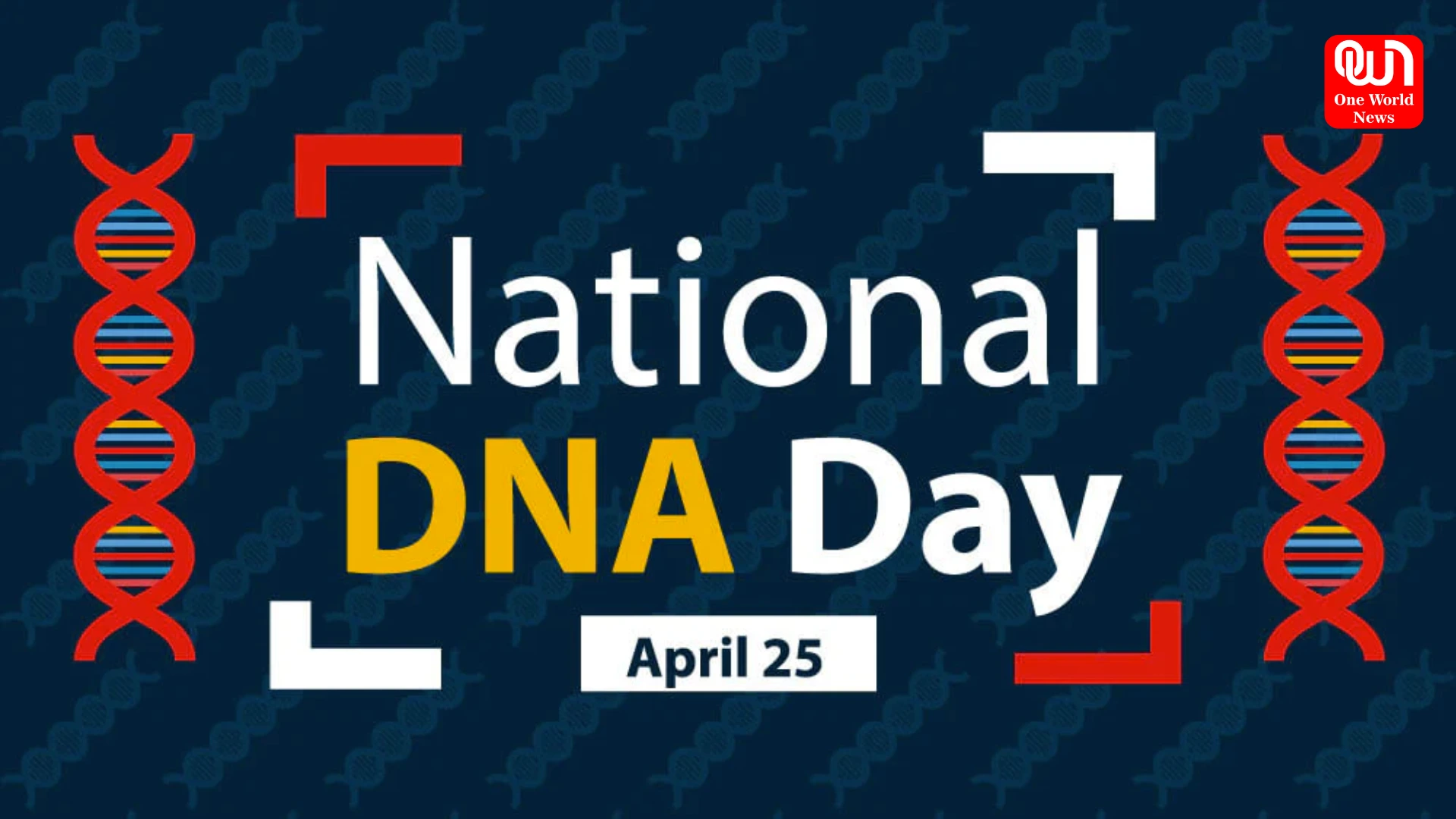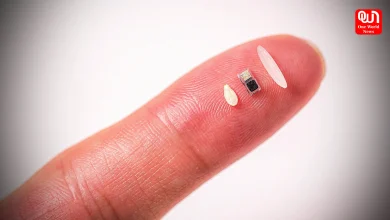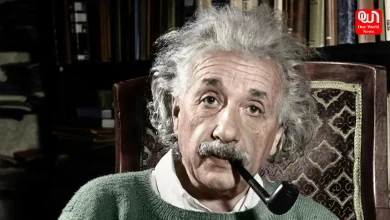Unlocking the Code of Life: Celebrating National DNA Day
Honoring the Discovery That Changed Biology Forever
The Blueprint of Life, One Gene at a Time
Since 2003 biologists, scientists and genetics enthusiasts have united on April 25th to commemorate National DNA Day which honors the discovery and study of DNA as well as the scientific breakthroughs that enabled progress. Every year National DNA Day is held by the Human Genome Research Institute to inspire people to learn more about the science behind their genetic individuality.
Background of National DNA Day
The double-helix structure of DNA was first presented in an academic paper by molecular biologist James Dewey Watson who co-authored it with British molecular biologists Francis Crick and Maurice Wilkins. The paper was published in the scientific journal Nature on April 25 1953. The three scientists’ discovery of the molecular structure of nucleic acids and its significance for the transfer of genetic information in living things earned them the Nobel Prize in Physiology or Medicine nine years later.
The Human Genome Project, an international scientific research project aimed at identifying all of the genes in the human genome and figuring out the base pairs that make up human DNA was deemed complete on April 14 2003. The U. S. government provided public funding for the 13-year project which was completed two years ahead of schedule. S. the government. Initially the goal was to map the nucleotides found in a human haploid genome. However upon realizing that every individual’s genome is entirely unique scientists mapped the DNA of a limited number of people before assembling them all to produce a complete sequence for every single chromosome. In other words the entire human genome is more of a mosaic than a representation of any one person.
April 25 2003 was declared DNA Day and April was designated Human Genome Month by the Senate and the House of Representatives after the Human Genome Project was completed. The month itself was regarded as significant in the discovery of the genome and the day commemorated 50 years since the publication of the scholarly paper by Watson Crick and Wilkins. However they did not declare it an annual holiday instead they only made it a one-time celebration. Ever since the National Human Genome Research Institute has organized National DNA Day events and celebrations to honor and continue to recognize all of the hard work that has been put into the study of DNA as well as to promote additional research.
Timeline of National DNA Day
- April 25, 1953 A Significant Day for DNA
James Watson Francis Crick and Maurice Wilkins were biologists who published their research on DNA.
- 1989 NHGRI Begins It’s Work
In the Human Genome Project the National Human Genome Research Institute took over the NIHs responsibilities.
- April 14, 2003 Mapping the Human Genome
The Human Genome Project completed their study two years earlier than expected.
- April 25, 2003 50 Years of Discovery
April was designated as Human Genome Month and April 25 as DNA Day by the Senate and the House of Representatives.
Stats for National DNA Day
- 25% Share Genetic Similarities
Siblings with the same mother and father with the exception of identical twins seem to be 25% genetically identical and 50% half identical on average. This happens as a result of each child receiving 50% of their genetic composition from their mother and 50% from their father. This means that 25% of each parent’s genetic material may be genetically identical while the remaining 50% may vary slightly from one generation to the next.
- Third Cousin that is 90% Identifiable
The likelihood of sharing enough DNA with a fourth cousin to identify a relationship is only 50% whereas third cousins have a 90% chance of doing so. Third fourth and more distant cousins may not always have any discernible half-identical regions due to the random manner in which autosomal DNA is inherited.
- 20 – 25,000 Genes
Humans are thought to possess between 20000 and 25000 genes according to the Human Genome Project. However genes do not code for proteins. Human genes range in size from a few hundred to over two million bases of DNA. Every individual possesses two copies of every gene, one from each parent. Although the majority of people have identical genes, less than 1% of the population has slightly different genes. Each person’s distinct physical characteristics are made up of tiny variations in the DNA base sequence of alleles which are variations of the same gene.
Read More : World Malaria Day: Fight the Bite, Save a Life
Guide to National DNA Day
- Try a DNA Test
Due to the scientific breakthroughs by the HGP and Watson, Crick and Wilkins we now have programs such as 23andMe and Ancestry in order to track our family history through our DNA. You can satisfy your curiosity and discover more about your family and yourself by purchasing a DNA test.
- Take Part in a Local Occasion
The National Human Genome Research Institute hosts annual National DNA Day Events. Visit their events page to see if you can host an event for your city or attend one in your area.
- Have Frank Discussions with Your Family
Telling your family members stories is the quickest way to discover your genetic background with some additional allegorical context. There is a sense of pride that comes from hearing the stories that have led to your current existence even though family stories are frequently like a decades-long game of telephone where some information may not be entirely accurate.
Read More : World Penguin Day: Protecting the Coolest Birds on Earth
Why is National DNA Day Important?
- It Recognizes Advances in Scientific Knowledge
Researchers have been examining living things since the time of Aristotle the Father of Biology and have contributed to the 1953 publication of the genetic discoveries that are still being made today. We honor the work that has brought us the knowledge we currently possess and the ongoing research that will yield tomorrow’s discoveries on National DNA Day.
- It Inspires Individuals to Discover More About their Genetic Heritage
We are more connected to our heritage thanks to the science that led to the establishment of National DNA Day. This day encourages us to dive deeper into discovering more about our identities and origins which strengthens our sense of belonging.
- The General Public can Learn More About Genomics and Genetics on This Day
We still have a lot to learn about the structure and function of genomes from genetic history to gene editing. On National DNA Day the public is encouraged to access any and all available information to learn more about their genetic makeup and the molecular biology of all living things.
We’re now on WhatsApp. Click to join.
Like this post?
Register at One World News to never miss out on videos, celeb interviews, and best reads.








